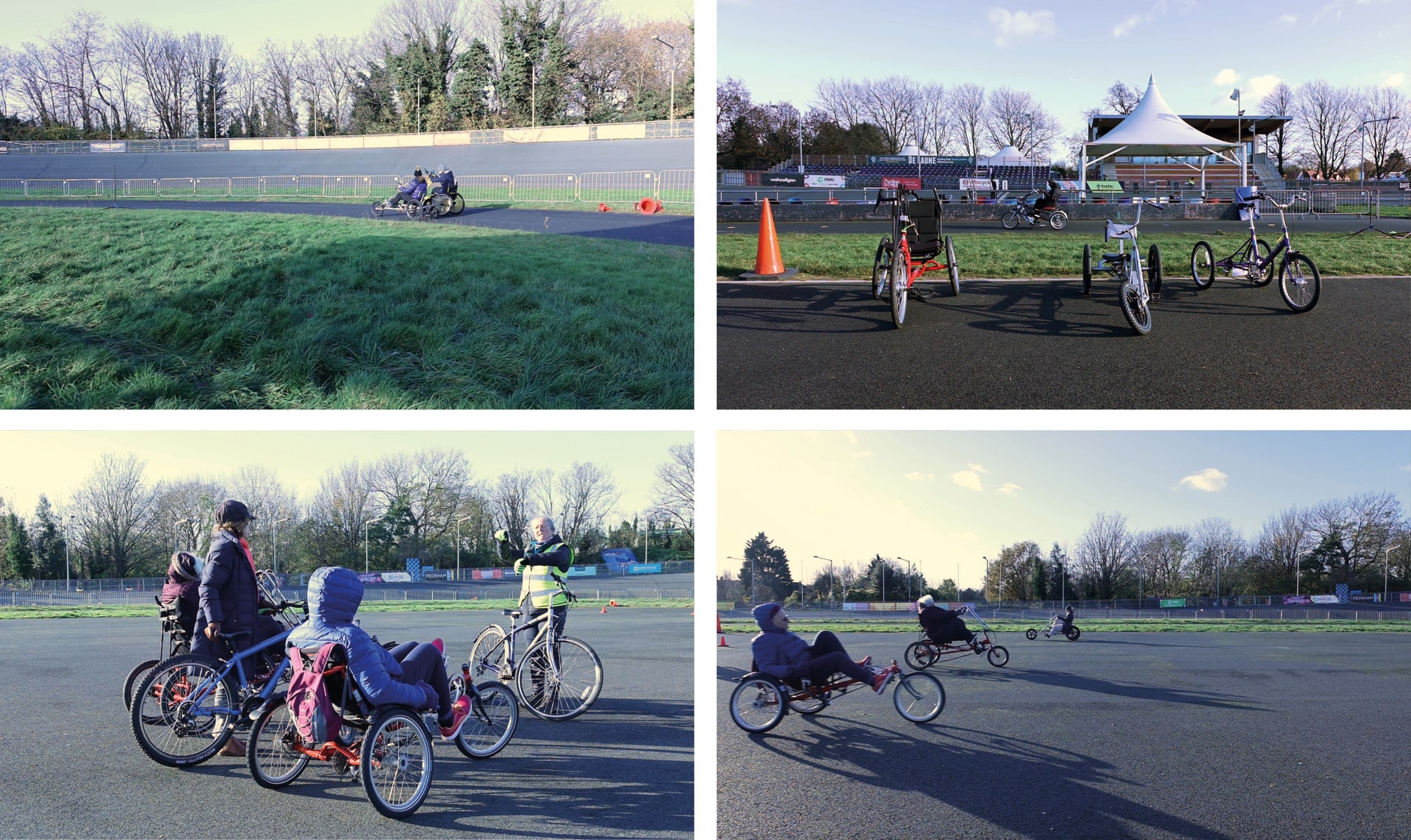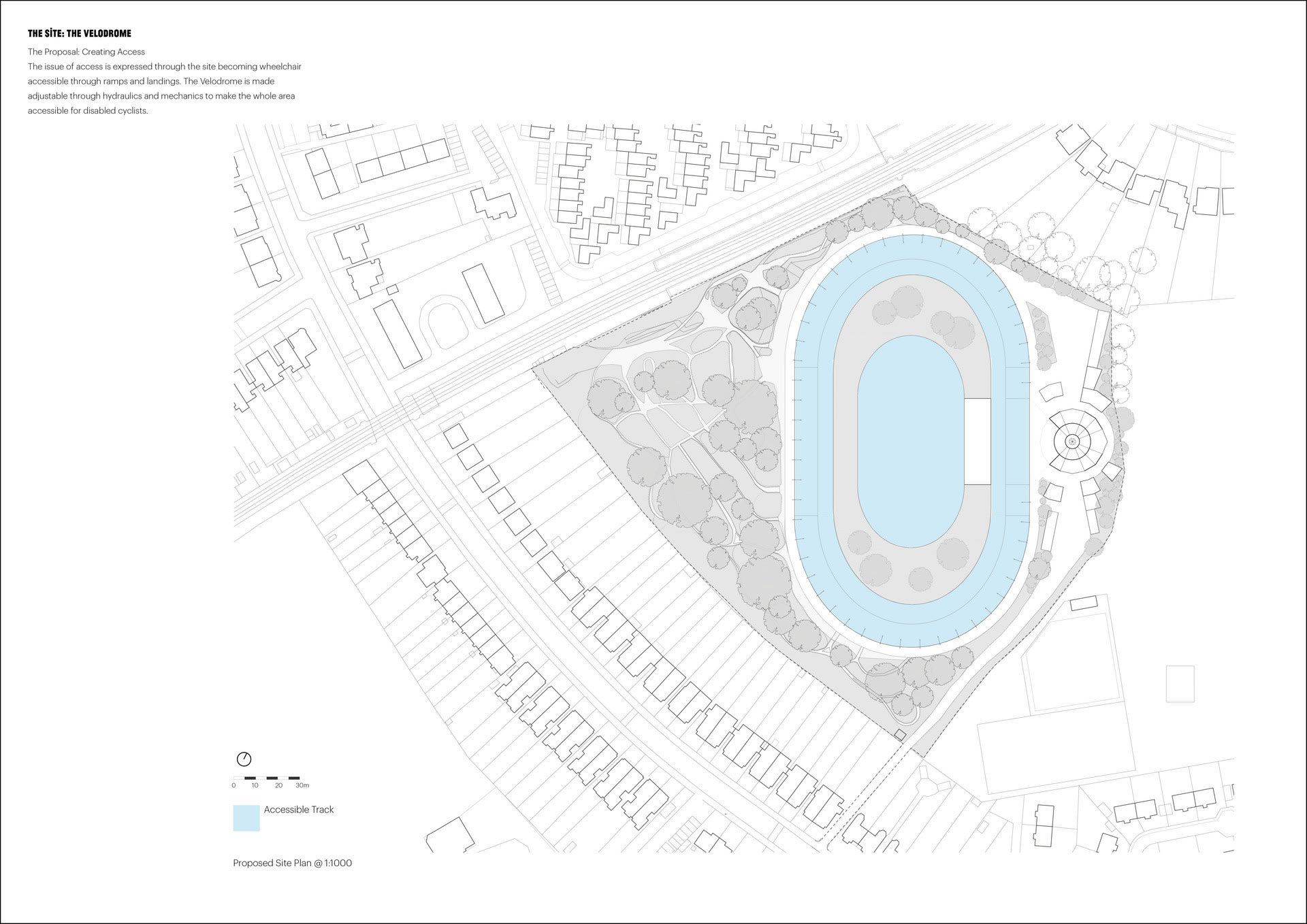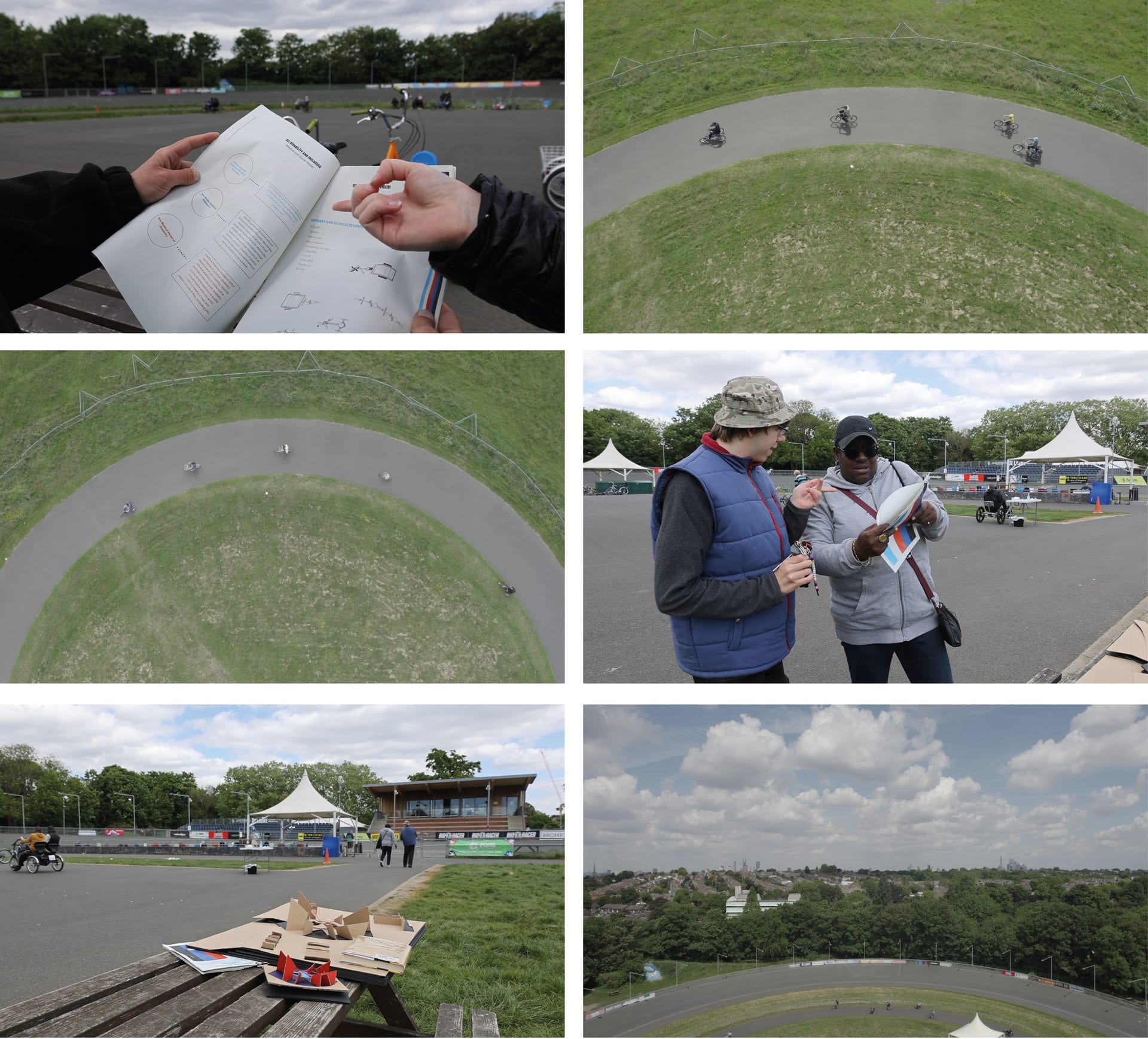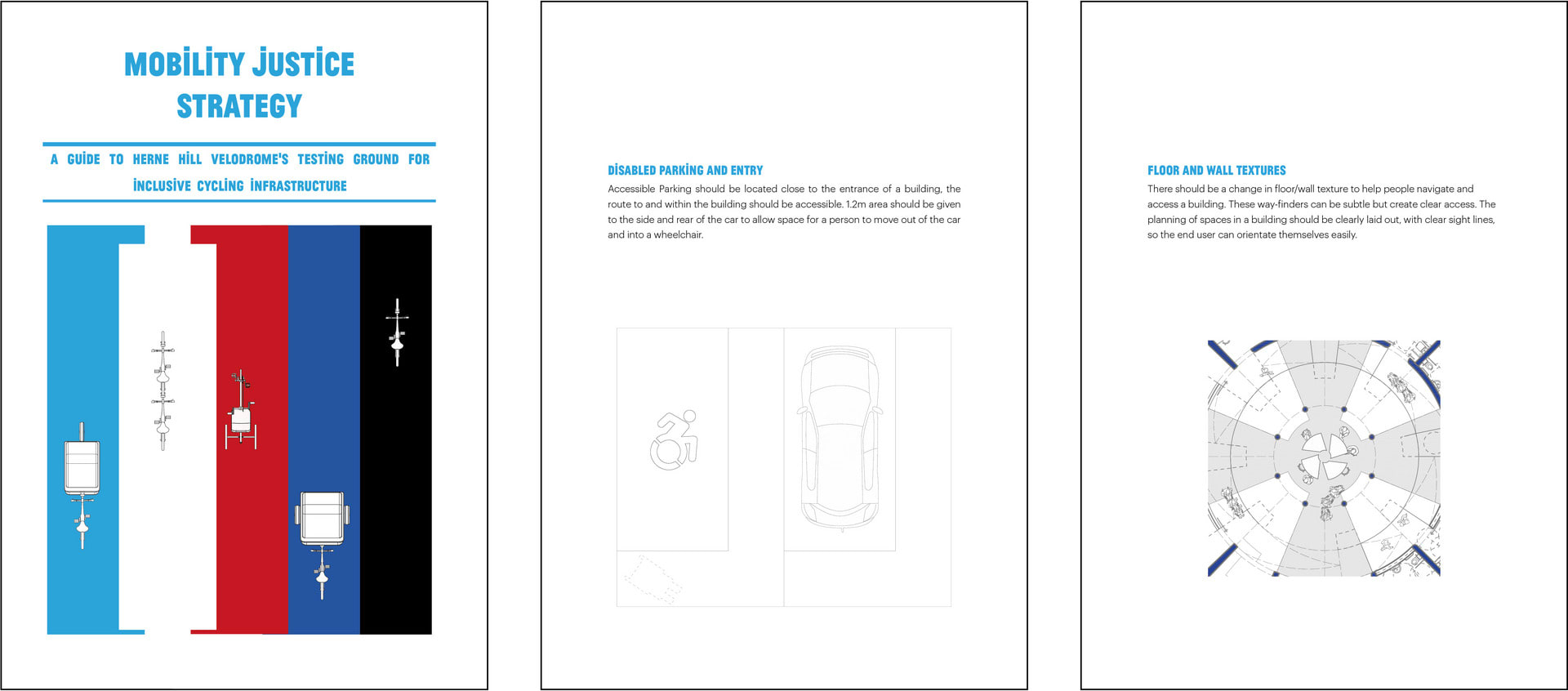Emma’s work reflects her interests in engaging directly with people, materials, making and film. She has a particular interest in designing for disability and inclusive design within the built environment.
Emma completed her undergraduate degree in Architecture from the University of Bath with First-class Honours in 2019. Whilst at Bath, Emma won the Oculus prize and Wilkinson Eyre prize for model making. This was for her final year project, outlining the proposal for a Spinal Rehabilitation Retreat Centre. Emma has since worked at Donald Insall Associates in Chester, specialising in conservation work and Knox Bhavan Architects where she has led projects on site.
In her first year at the RCA, Emma's project explored the materiality of Portland stone, revealing the hidden origin and richness of the stone used to build London (it was awarded the Technical Studies Prize). Whilst her dissertation proposed a feminist approach to Deaf Culture, Activism and Public Space by claiming the public commons for the Deaf. In the future, Emma’s practice will continue to engage directly with people and making to further awareness and research into inclusive design.
Outside of architecture, Emma is a keen hockey player, skier and cyclist who enjoys racing bikes in the summer.


















